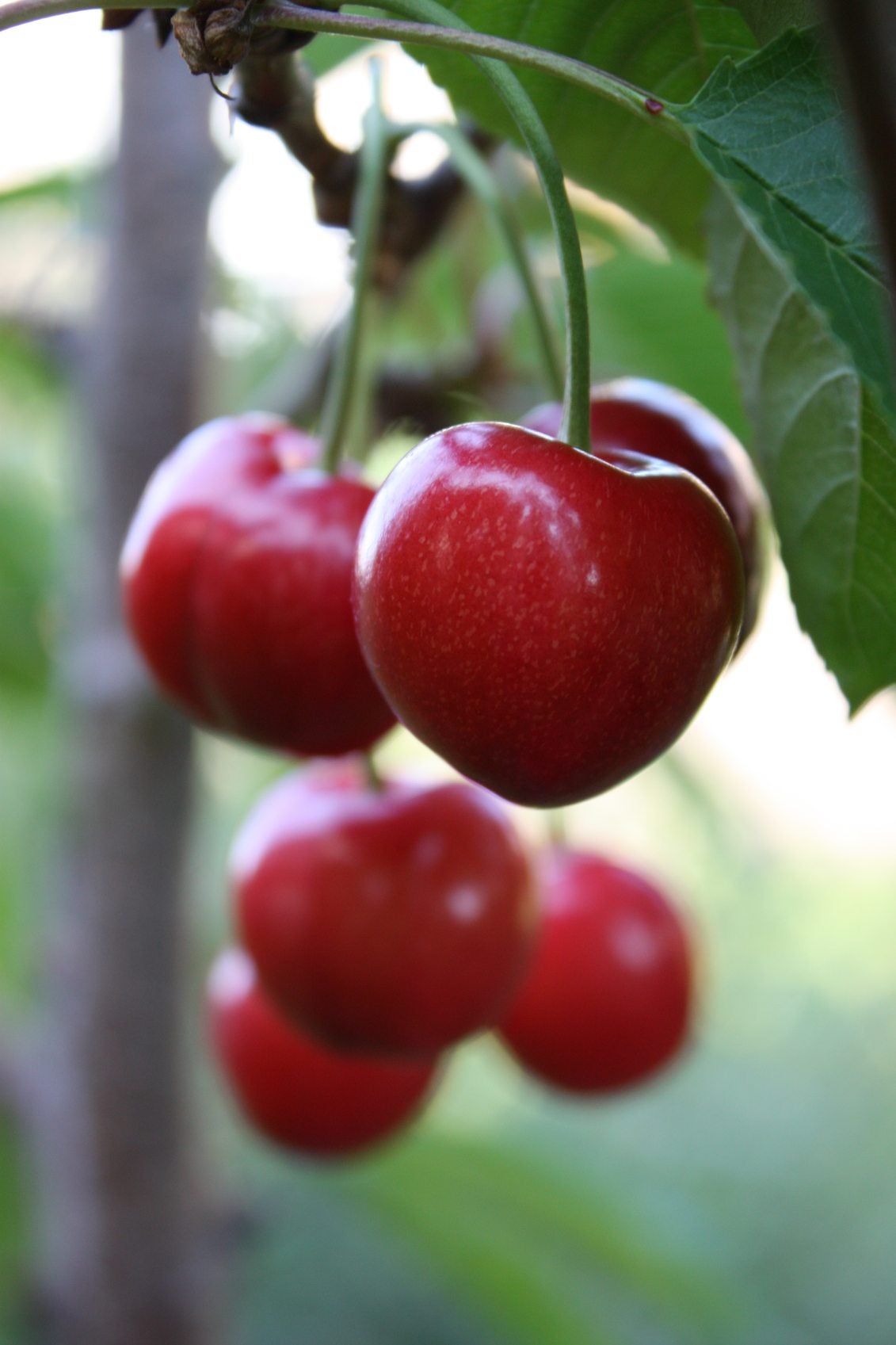
If you live in one of the cooler regions of North America, you might despair of ever growing your own cherry trees, but the good news is that there are many more recently developed cold hardy cherry trees suitable for growing in climates with short growing seasons. The following article contains information about growing cherry trees for cold climates, in particular, zone 3 cherry tree cultivars.
About Cherry Trees for Zone 3
Before you dive in and buy a cold hardy zone 3 cherry tree, there are a few things to consider. First of all, make sure you are identifying your correct USDA zone. USDA zone 3 has minimum temperatures that reach between 30 and 40 degrees F. (-34 to -40 C.) on average. These conditions are found in the far northern hemisphere and the tip of South America. That said, within each USDA zone, there are many microclimates. This means that even if you are in zone 3, your specific microclimate might make you more suited to zone 4 plantings or less desirable for zone 3. Also, many of the dwarf cherry varieties can be container grown and brought indoors for protection during the colder months. This expands your choices somewhat on what cherries can be grown in colder climates. Other items to consider before purchasing a cold hardy cherry tree have to do with the size of the plant (its height and breadth), the amount of sun and water it needs, and the length of time before harvest. When does the tree bloom? This is important since trees that blossom in early spring might not have any pollinators out due to late June frosts.
Cherry Trees for Zone 3
Sour cherries are the most adaptable cold-hardy cherry trees. Sour cherries tend to flower later than sweet cherries and are, thus, less susceptible to late frost. In this case, the term “sour” doesn’t necessarily mean the fruit is sour; in fact, many cultivars have sweeter fruit than “sweet” cherries when ripe. Cupid cherries are cherries from the “Romance Series” that also include Crimson Passion, Juliet, Romeo, and Valentine. The fruit ripens in mid-August and is a deep burgundy in color. While the tree is self-pollinating, you will need another Cupid or another of the Romance Series for optimal pollination. These cherries are very cold-hardy and are suited to zone 2a. These trees are self-rooted, so damage from winter dieback is minimal. Carmine cherries are another example of cherry trees for cold climates. This 8 foot (2 m.) or so tree is great for eating out of hand or pie making. Hardy to zone 2, the tree ripens in late July to early August. Evans grows to 12 feet (4 m.) in height and bears bright red cherries that ripen in late July. Self-pollinating, the fruit is quite tart with yellow rather than red flesh. Other cold hardy cherry tree options include Mesabi, Nanking, Meteor, and Jewel, which is a dwarf cherry that would be suited to container growing.
Sign up for the Gardening Know How newsletter today and receive a free copy of our e-book "How to Grow Delicious Tomatoes".

Amy Grant has been gardening for 30 years and writing for 15. A professional chef and caterer, Amy's area of expertise is culinary gardening.
